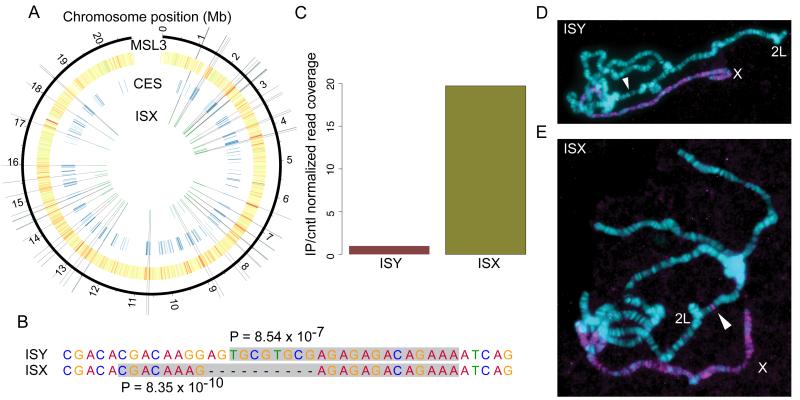Fig. 2. ISX is a domesticated helitron TE that is associated with chromatin entry sites (CES) on the neo-X chromosome and recruits the MSL complex in transgenic assays.
(A) 21 of 68 strict MSL complex CES on the neo-X chromosome overlap D. miranda specific insertions of the ISX element, and 69 (out of 77 total) neo-X linked ISX elements lie within broad CES. (B) A derived 10 bp deletion differentiates ISX from the related ISY element and creates a stronger match to the MRE consensus motif identified from chromosome XL. P-values are from FIMO (27) and are based on log-likelihood ratio scores between the D. melanogaster canonical MRE consensus motif and the sequence highlighted in grey. (C) MSL3 ChIP-seq data show that MSL complex binds ISX but not ISY elements. (D, E) Ectopic MSL targeting by the ISX element from D. miranda, and lack of activity from the corresponding ISY element. Transgenic polytene chromosomes stained with anti-MSL2 (magenta) to identify regions targeted by the MSL-complex, and DAPI to identify all chromosome arms (cyan). An ISY and ISX element were each targeted to cytosite 37B7 (location denoted by white arrow) on chromosome 2L in D. melanogaster. (D) No staining is detected at 37B7 when the insertion contains ISY (E) but we find robust MSL immunostaining at the location when the insertion contains ISX.

